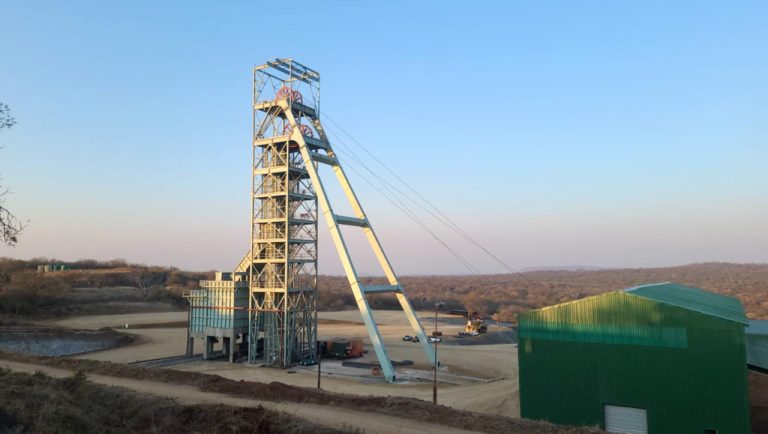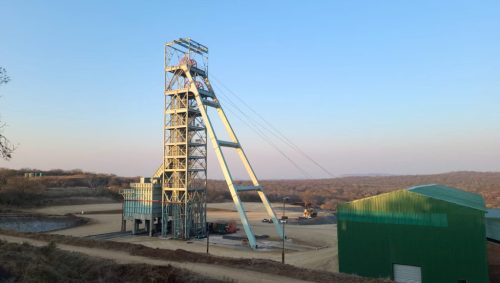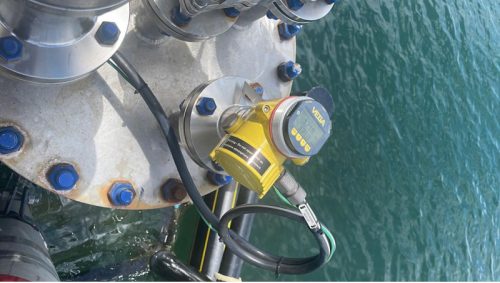Zambia Copper Mine Spill Released 30x More Toxic Waste Than Official Estimate, Audit Reveals
The partial collapse of a waste dam at a Chinese state-owned copper mine in Zambia may have released 30 times more toxic sludge into the environment than previously reported, according to an independent evaluation of the disaster.
An assessment by Drizit Zambia Ltd., hired to investigate the February 18 accident at Sino-Metals Leach Zambia Ltd. near Kitwe, found that at least 1.5 million tons of sulphuric acid-bearing tailings escaped—enough to fill more than 400 Olympic-sized swimming pools. The volume would place the spill among the worst mining disasters in history.
The Zambian government and Sino-Metals had previously estimated the spill at just 50,000 tons. Drizit’s findings, detailed in a June 3 letter seen by Bloomberg and verified by the company, stated that video evidence and field measurements prove the earlier figure was “grossly inaccurate.”
“This is a large-scale environmental catastrophe threatening drinking water, fisheries, and farmland,” Drizit said.
Sino-Metals—owned by China Nonferrous Mining Corp.—has since terminated its contract with Drizit, questioning the methodology used, which included analysis of social media footage.
The incident threatens to undermine President Hakainde Hichilema’s plan to more than triple Zambia’s copper output to 3 million tons annually, a key driver in attracting foreign investment.
China Nonferrous pledged $1.3 billion in 2023 to expand production in the country, Africa’s second-largest copper producer.
It also comes at a sensitive moment in Lusaka’s relations with Beijing, as the government seeks to restructure $5.6 billion in debt owed to Chinese lenders.
Last week, the U.S. Embassy in Zambia withdrew officials from Kitwe and surrounding areas, citing new information on the scale of contamination.
In an August 6 email to staff, U.S. Ambassador Michael Gonzales described the disaster as possibly the sixth-worst in history, warning that toxic substances—including arsenic, cyanide, and uranium—will continue to endanger human and animal health until removed.
“Without immediate intervention, the consequences for future generations of Zambians will be severe and long-lasting,” Drizit warned.
Zambia’s government has downplayed the risk, stating that water quality in the affected areas has been restored.
Senior officials even appeared on state media drinking tap water from Kitwe to demonstrate its safety. No deaths or confirmed cases of heavy metal poisoning have been reported.
However, environmental experts caution that while acidity levels in the Mwambashi River may have normalized—after the government dumped hundreds of tons of lime into the water—heavy metals remain a long-term threat, particularly to the 800 residents still living near the fallout zone.
The breach occurred after heavy rains caused a dam wall to fail, releasing highly acidic waste into the Mwambashi, which flows into the Kafue River—a crucial water source for the capital, Lusaka, and home to one of Africa’s largest national parks. Early tests recorded pH levels as low as 1, strong enough to dissolve human bone.
Drizit claims Sino-Metals obstructed its work from the outset, attempting to influence the outcome of the investigation and ultimately terminating the contract days before the report’s completion.
Sino-Metals countered that Drizit breached its contractual obligations and failed to address identified issues.
“The dam where the tailings escaped from is still there, and the amount can be determined by the dam’s volume,” a company spokesperson said.
“If Drizit calculated spillage using social media footage, that is quite an interesting methodology.”
Zambia’s Green Economy and Environment Minister Mike Mposha declined to comment on the matter.









